Excellence in Historic Preservation Awards - 2008
FOR IMMEDIATE RELEASE
HISTORIC PRESERVATION EFFORTS EARN STATEWIDE ACCLAIM
ALBANY, 6/8/2008 – The Preservation League of New York State presented its prestigious Excellence in Historic Preservation Awards at the League’s Annual Meeting and Awards Ceremony on May 15th at The Park Avenue Armory in New York City.
This statewide awards program recognizes individuals and organizations for demonstrating an outstanding commitment to the preservation of New York State’s irreplaceable architectural heritage.
The list of award winners includes:
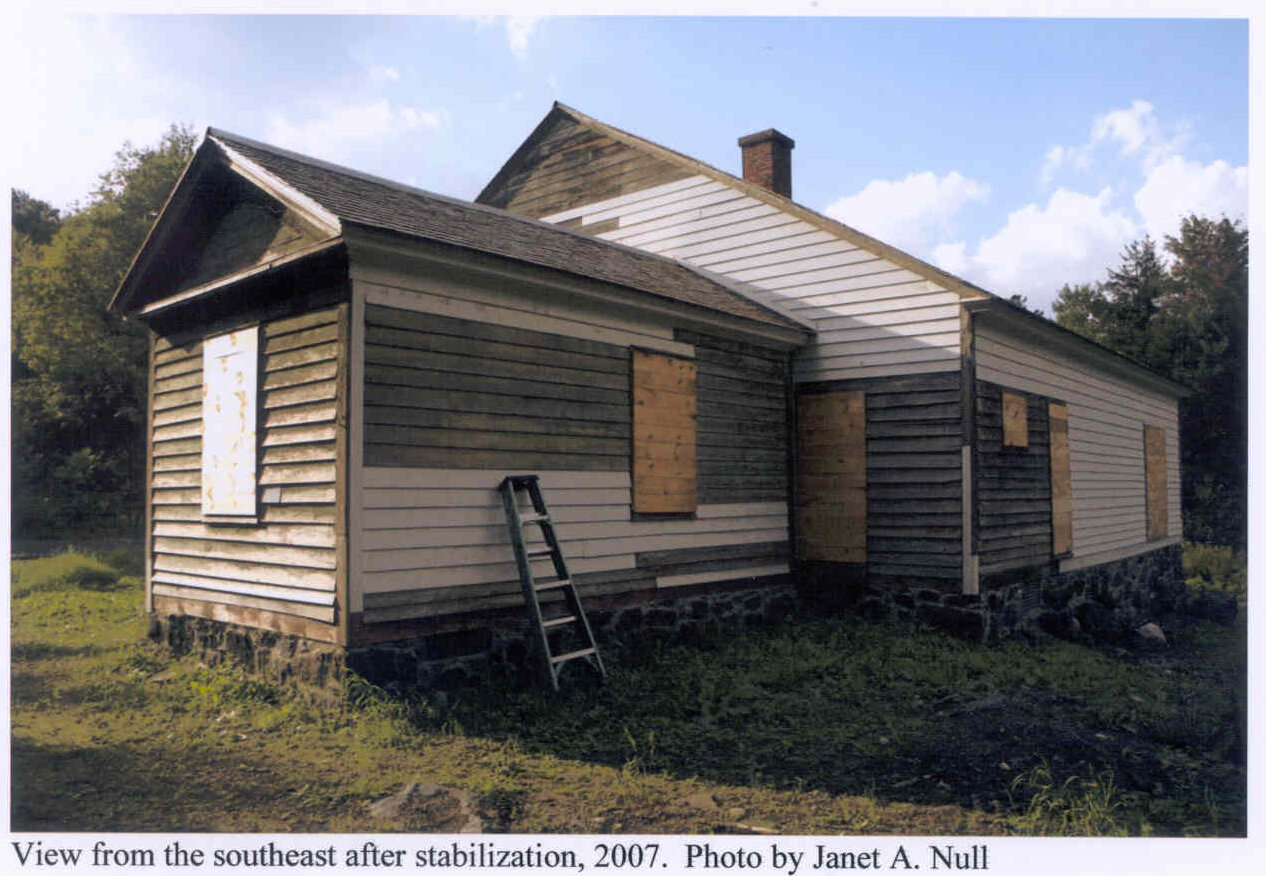
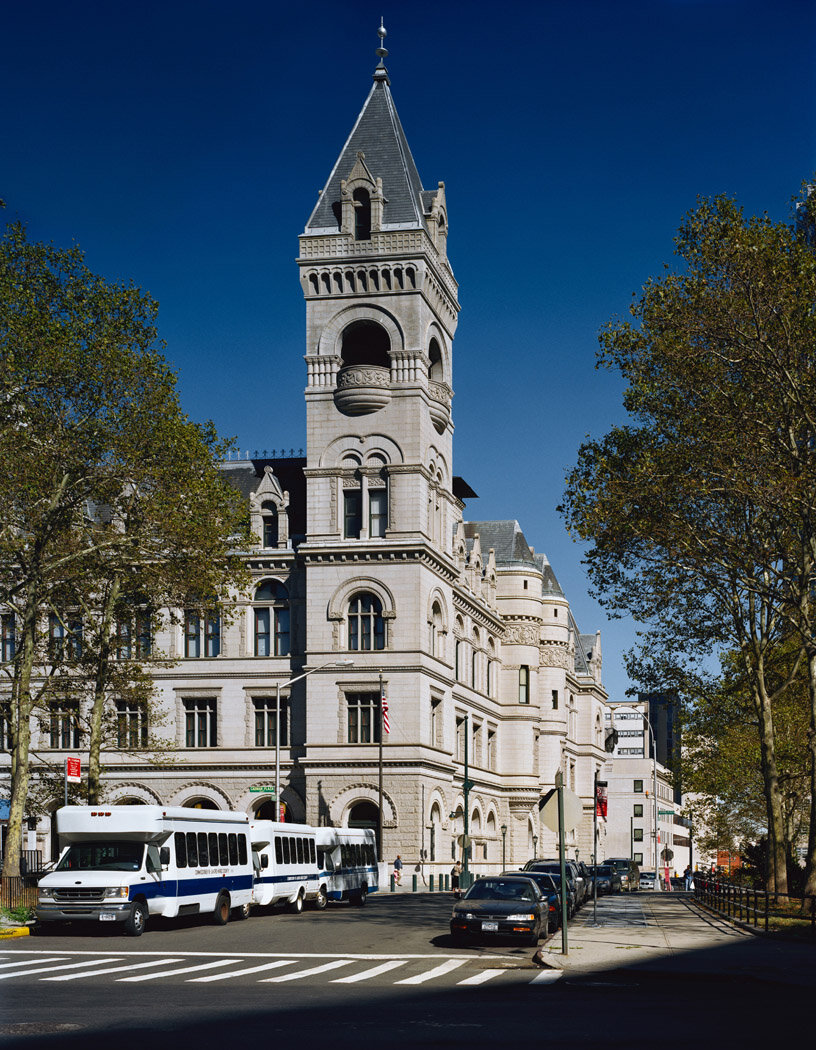
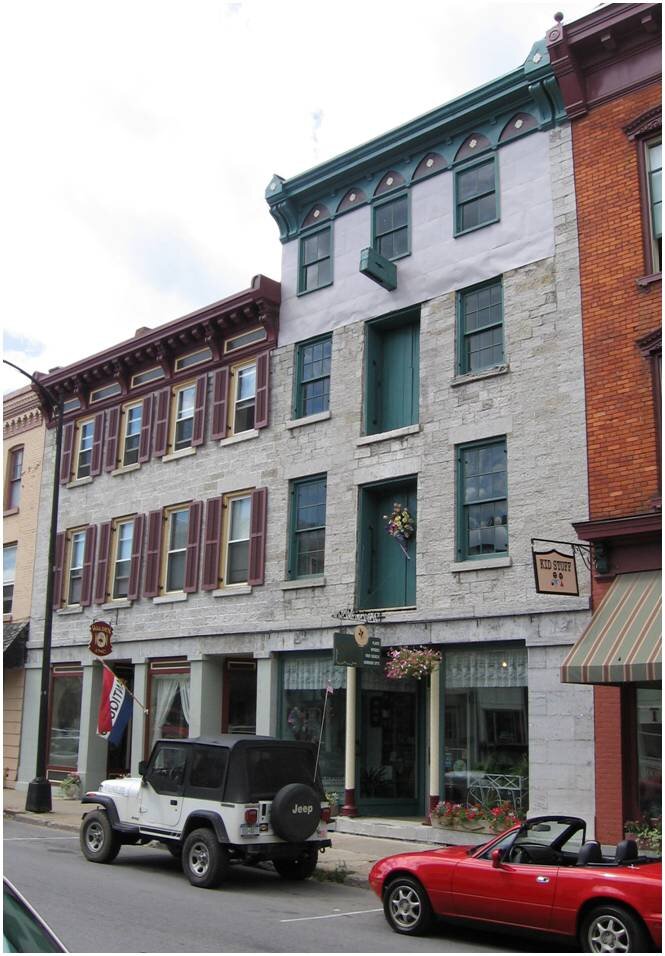
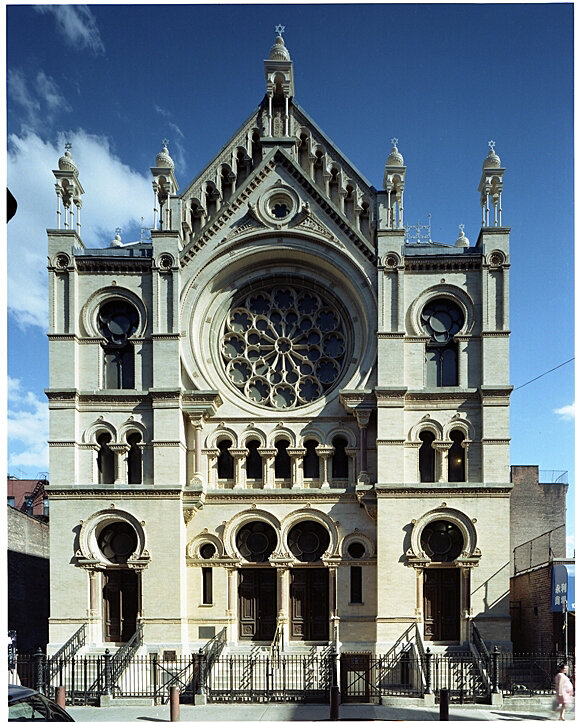

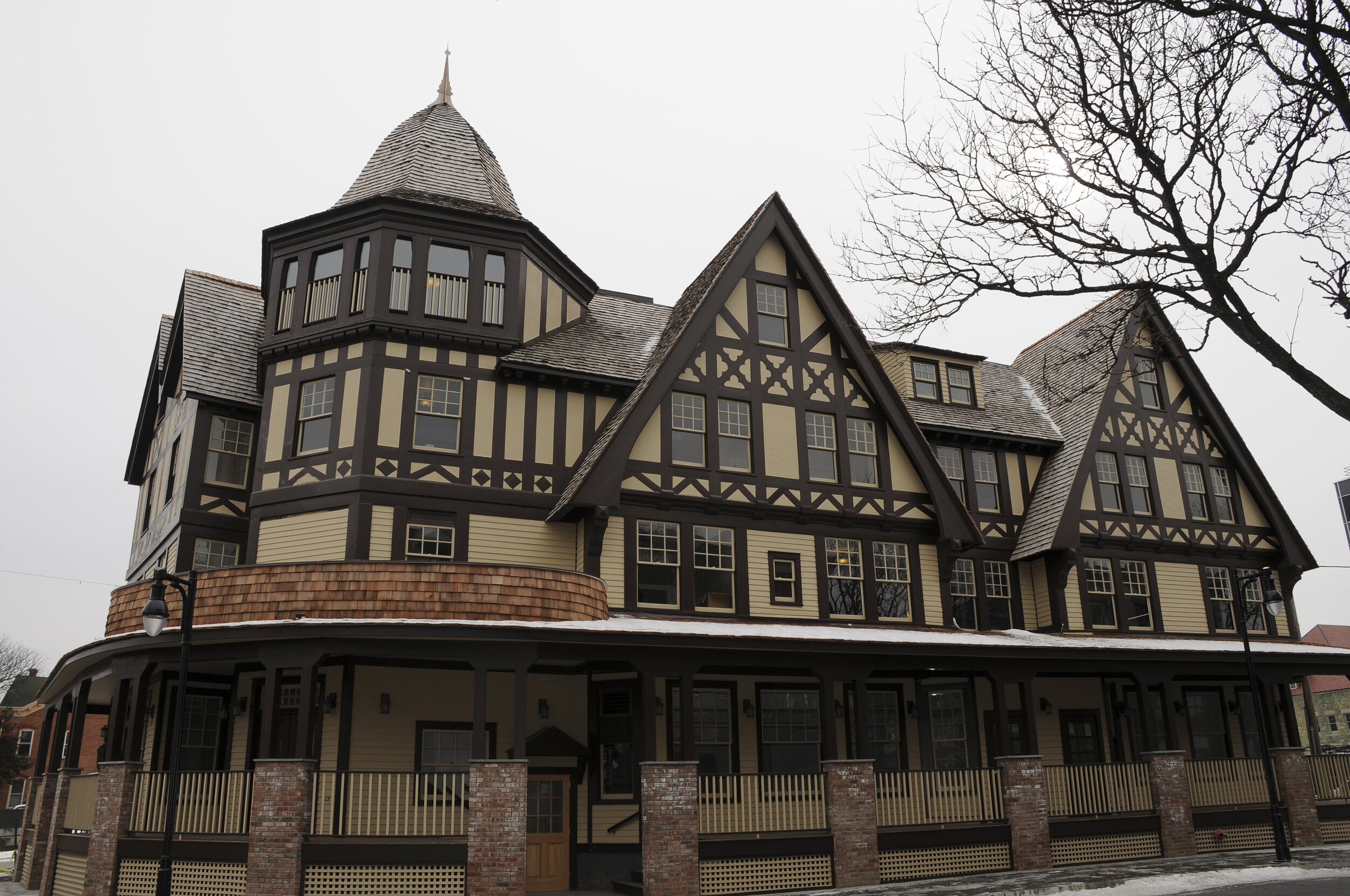
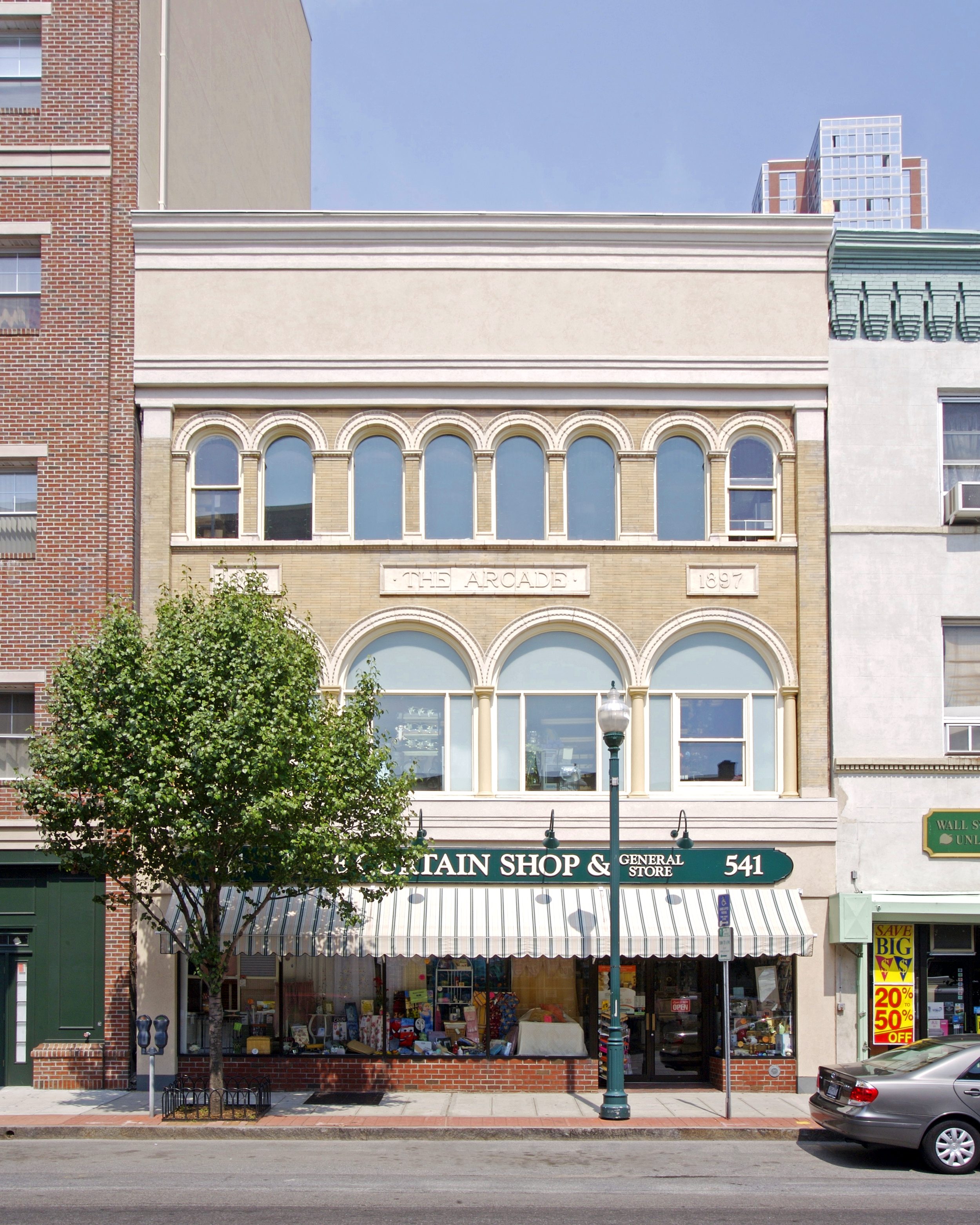
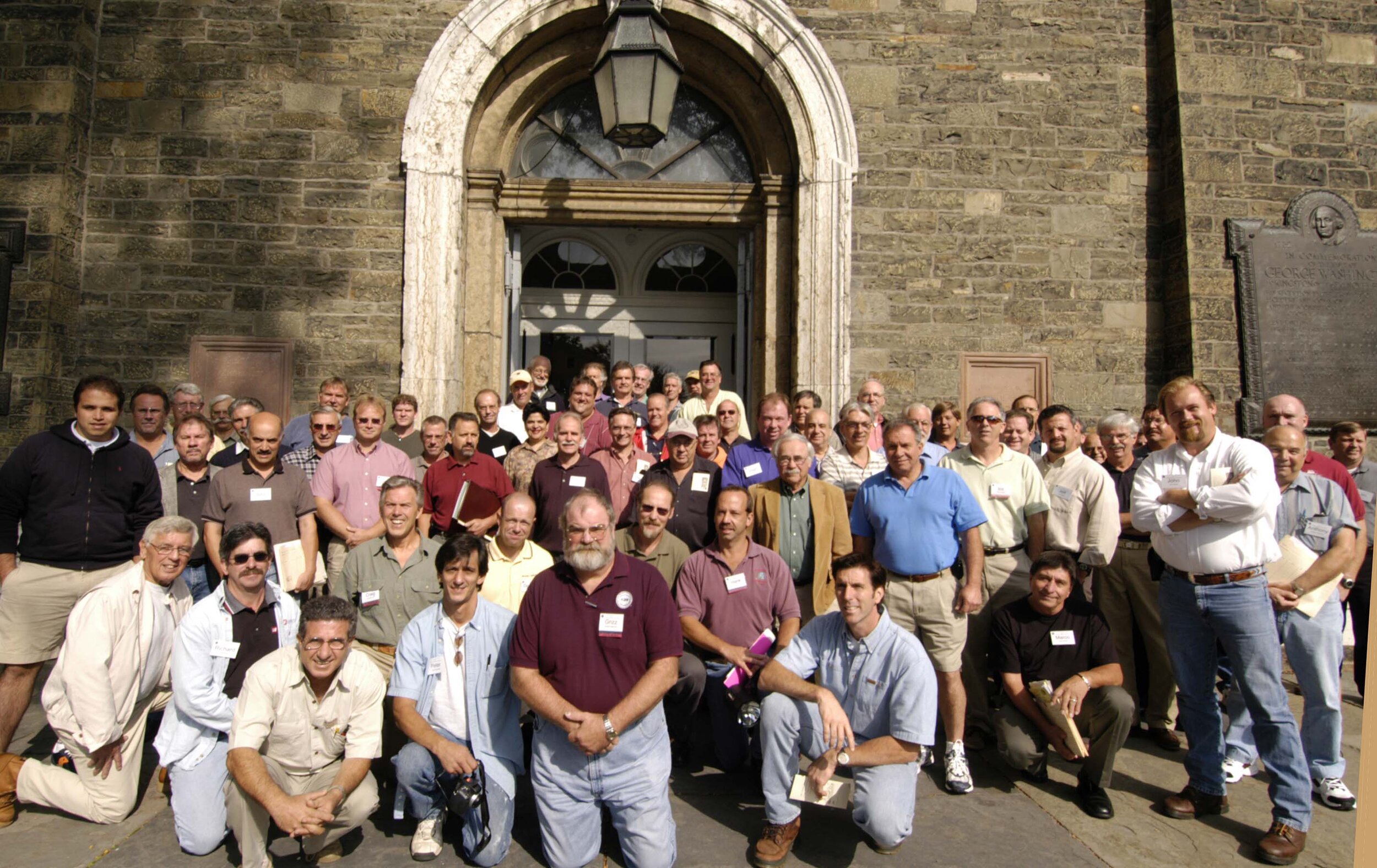
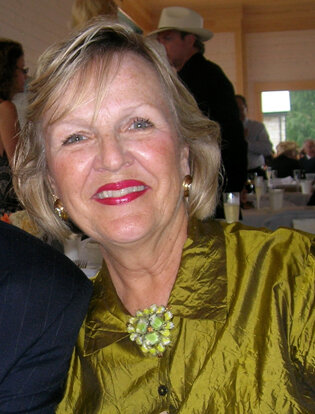
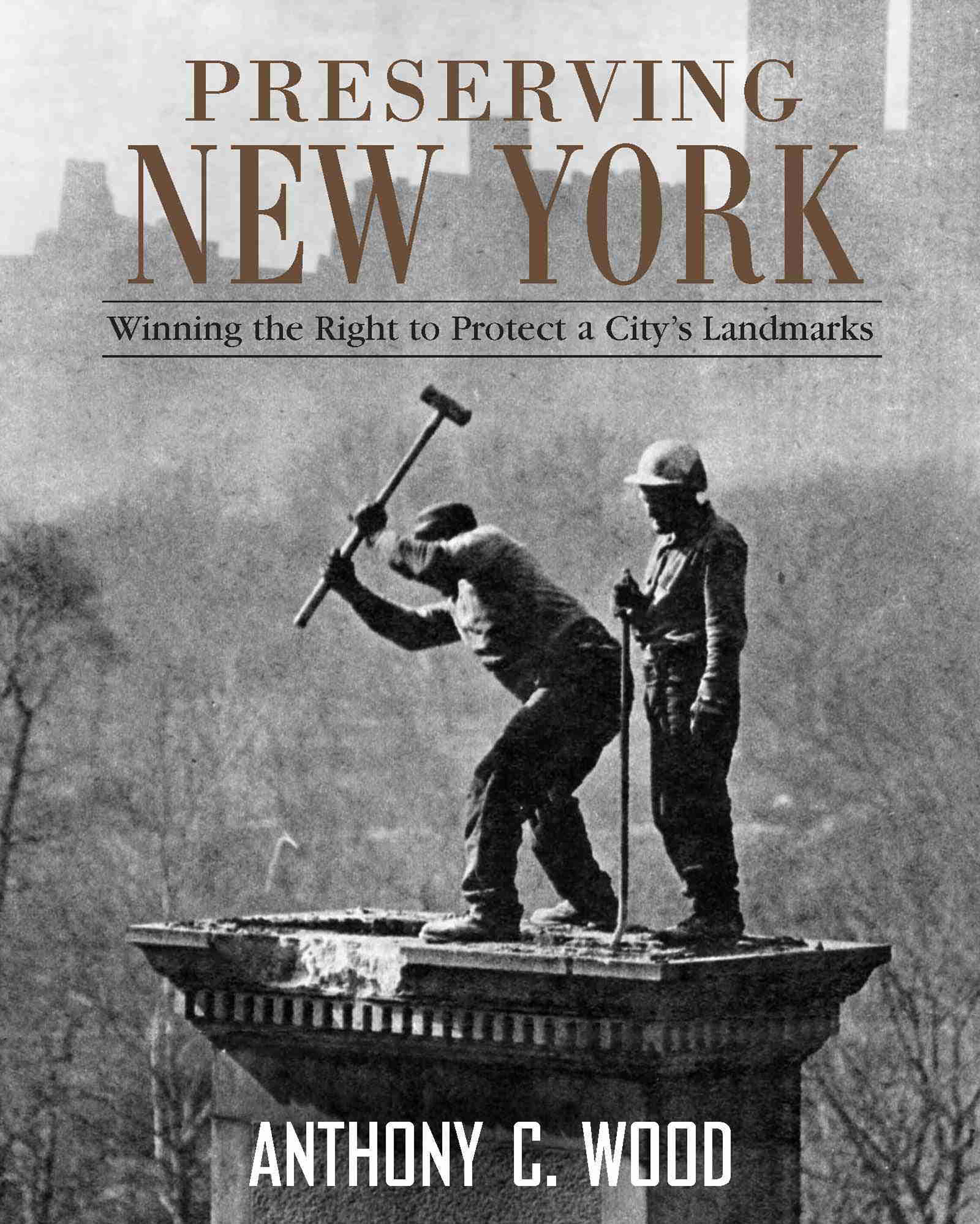
Webb Lofts in Buffalo, Erie County
The circa 1888 Webb Building (originally the Richmond Block) is a five-story masonry building described by Kenneth Markunas of the New York State Office of Parks, Recreation & Historic Preservation as “… the best surviving local example of commercial Richardsonian Romanesque Revival structures and one of a handful of remaining cast iron storefronts in Buffalo.” Despite this distinction, the building stood neglected for more than two decades.
“Lights are now shining onto Pearl Street from apartments in this once-dark building, and developmentally disadvantaged pre-schoolers are making progress at the Vincennes Academy on the first two floors,” said Jonathan Morris, Principal-in-Charge at Carmina Wood Morris. “We are pleased to receive this recognition from the Preservation League for our work at the Webb Lofts, and hope this project will serve as an inspiration to others.”
The following Buffalo firms contributed to the success of this effort: Carmina Wood Morris, P.C, Architecture, Engineering, Interior Design; Signature Development, Rocco Termini, President; Webb of Buffalo, LLC, Building Owners, David Burke and Thomas Adymy; Burke Homes, General Contractor; and Siracuse Engineers, Structural Engineering Consultant.
MacNaughton House Stabilization in Newcomb, Essex County
The MacNaughton House, a timber-frame saltbox double house, was constructed in 1834 to house the manager and the visiting owners of the Adirondack Iron and Steel Works. From 1876 until 1947 the property was leased to hunting clubs, primarily the Tahawus Club. In 1901, then-Vice President Theodore Roosevelt was vacationing at the house when President McKinley was shot in Buffalo, and it was from Tahawus that Roosevelt began his historic ride to the Presidency.
By the autumn of 2005, when OSI called on Argus Architecture & Preservation to assess the building, it had been abandoned in a state of total neglect for more than 40 years. Emergency stabilization was undertaken to ensure that the building would remain standing until the next construction season. “To complicate matters,” said Janet Null of Argus Architecture, “except for road access, Tahawus is as isolated today as it was in the 1830s, and there is no power or water supply.”
“The stewardship of historic structures is often a challenging issue for land conservation organizations,” said Joe Martens, President of the Open Space Institute. “We are pleased to receive this recognition from the Preservation League for stabilizing the MacNaughton House, and look forward to the day when the interpretation and enjoyment of this historic site will be enhanced by the building’s complete restoration.”
Contributing to the success of this effort were the property’s owners, the Open Space Institute; Janet Null, project architect, Argus Architecture & Preservation, P.C., Troy; Ryan-Biggs Associates, P.C., structural engineers, Troy; general contractor, Mercer Construction Co., LLC, Clifton Park; emergency work contractor West Branch, Inc. of Saratoga Springs and the New York State Museum. The New York State Department of Environmental Conservation was also instrumental in early stabilization work that may have prevented the Cottage from collapsing.
U.S. Post Office & Courthouse, Cadman Plaza, in Brooklyn, Kings County
Completed in 1892 with a matching extension built in 1933, the building had been the hub of postal and judicial activity in the borough until 1964, when the courts moved across the street. The building was progressively vacated over the years with the exception of a branch post office and some federal document storage, and neglect led to severe deterioration.
“This magnificent public building has now been restored to its rightful place in the urban context of Brooklyn’s civic center,” said Robert Kliment of R.M. Kliment & Frances Halsband Architects. “Wood windows, slate roofs, richly decorated interiors and other significant elements have been restored, and the U.S. Post Office and Courthouse has been reinstated as a significant formal and functional force, and a welcoming presence on Cadman Plaza.”
Contributing to the success of this effort were the property owner, U.S. General Services Administration; R.M. Kliment & Frances Halsband Architects; associate architect / historic consultant Wank Adams Slavin Associates; and general contractor Bovis Lend Lease.
The Downtown Revitalization Program in Canajoharie, Montgomery County
Canajoharie had once been a thriving canal-side community and was distinguished by many handsome rough-cut limestone buildings constructed with local Canajoharie Stone, the same material that was used in building the Brooklyn Bridge. Just a few years ago, however, Canajoharie looked like far too many other upstate communities with boarded up storefronts, water-damaged masonry and inappropriate vinyl replacement windows.
“To date, the team of Mohawk Valley Heritage Corridor Commission and the Village of Canajoharie has been successful in applying for a number of grants for the revitalization of the core intersection of Church and Main Streets,” said Fred Miller, executive director of the Commission. “Six buildings, which encompass 11 facades and 12 storefronts, have been brought back to the way they might have appeared in the heyday of the Erie Canal. Five new projects are slated to be undertaken in 2008.”
Contributing to the success of this effort were the Mohawk Valley Heritage Corridor Commission; the Village of Canajoharie; Carlson Associates of Cooperstown, and Crawford & Stearns Architects & Preservation Planners of Syracuse. Funding from the NYS Office for Small Cities, NBT Bank of Canajoharie, and The Arkell Hall Foundation helped support the project.
Eldridge Street Synagogue on the Lower East Side, New York County
The 1887 Synagogue, the first great house of worship built on the Lower East Side by Eastern European Jews, was an architectural marvel when it first opened. However, as the neighborhood changed and the congregation dwindled, age and weather began to take a devastating toll on the building.
“This is one of three or four historical sites that tell in a nutshell the whole story of the Lower East Side, and Jewish immigration,” said Roberta Brandes Gratz, founder of the Eldridge Street Project. “If we didn’t save this building, we’d have had to reinvent it.”
“I am proud to have been able to witness and support the hard work the Museum’s architectural team applied with its thoughtful restoration plan,” said Sheldon Silver, Speaker of the New York State Assembly, who represents the Lower East Side community in which the Synagogue is located. “Through the efforts of the Eldridge Street Project, the Synagogue has been restored to its former grandeur. In addition, Eldridge Street serves as a gathering place for young people of diverse backgrounds as they learn about Jewish culture, immigration, Lower East Side history, architecture and historic preservation.”
Contributing to the success of this effort were the non-profit cultural institution overseeing the restoration, the Eldridge Street Project; project architect Walter Sedovic Architects of Irvington; architects Wiss Janney Elstner Associates of New York; owners representative Simpson, Gumperts & Heger of New York, structural engineer Robert Silman Associates, PC of New York, construction manager T Higgins Construction Inc. of Ridgewood, NJ, Reynaldo C. Prego, P.E. of New York and many others.
Proctors in Schenectady, Schenectady County
The famed theatre architect Thomas Lamb designed Schenectady’s Proctor’s Theatre. It opened in 1926, one of a chain of F.F. Proctor’s vaudeville houses. With its unique commercial mid-block arcade, it was a true “palace of the common man.”
“It would have been very easy for the citizens of Schenectady to walk away from this decaying and deteriorated theater,” said James Jamieson, A.I.A., Chairman of the Schenectady Historic District Commission and Capitol Architect for New York State. “Instead, armed with creative strategies for preservation, financing, and adaptive re-use, they transformed this National Register listed property into the engine of redevelopment in the struggling downtown, and the showplace of the Capital District of upstate New York.”
Contributing to the success of this effort were the property owner, Arts Center & Theatre of Schenectady, Inc., DBA Proctors; the owners representative, AKW Construction Consulting, Inc.; and the project architect, SRG Architects; all of Schenectady.
Hotel Kirkland in Kingston, Ulster County
Built in 1899, the four-story English Tudor revival building constructed as a hotel with dining and banquet facilities. The restaurant was known as the Dutch Rathskellar, and in its heyday in the mid-20th century, it was an important social landmark and legendary gathering and meeting place. Despite its status as a community institution, the building remained vacant for over three decades, and weather and vandalism took its toll. In early 2001, the Hotel Kirkland was nearly razed to clear the site for a planned parking garage.
“In 2002, the City of Kingston approached RUPCO about the historic rehabilitation of the Hotel Kirkland,” said Kevin O’Connor, executive director of RUPCO. “Now complete, the Kirkland is a mixed-use project featuring a restaurant with the largest dining room in the City of Kingston, state of the art office spaces for small businesses, and seven beautiful apartments, five of which are affordable units. The entire building is now handicapped accessible.”
According to Kingston Mayor James M. Sottile, “Kingston has a proud heritage dating back to 1609, and the Kirkland is yet another historic jewel that has been brought back by the Rural Ulster Preservation Company.”
Contributing to the success of this effort were Kingston Mayor James M. Sottile; the Rural Ulster Preservation Company (RUPCO); architect A.J. Coppola AIA of Newburgh; and Jon Behrends, Precision Contractor of Dutchess. The project leveraged permanent and construction funding from 17 different sources.
The BID Model Development Block in New Rochelle, Westchester County.
The five buildings restored in the Model Development Block project were selected because, though recognized as significant historic structures, they had been hidden for decades behind metal or stucco facades, or had lost their luster through years of neglect.
“The BID’s project has accomplished two significant goals,” said Barbara Davis, City Historian. “First, it beautifully restored five 19th century buildings that are important to the history of downtown New Rochelle, and second, it increased the community’s awareness of all the architectural treasures that exist in our midst.”
According to Susan Doban, president of Susan Doban Architect, PC, “It’s gratifying on many levels to restore the underlying richly detailed terracotta, stone, and brick facades; it heightens awareness of the historic past, the labor and resources that went into the development of the earlier downtown, and, in this case, it has stimulated new pride in the downtown. The psychological ripple effect is almost palpable, and has already translated into renewed economic vigor as other property owners follow suit and new businesses are attracted to the Main Street area.”
Contributing to the success of this effort were the New Rochelle Business Improvement District, Community Preservation Corporation, Susan Doban Architect, PC of Brooklyn, and Polonia Development and Preservation Services of Queens, along with the individual building owners. Funding from the Empire State Development Corporation Main Streets Program, the Port Authority of New York and New Jersey and the City of New Rochelle helped support the project.
The Hudson Valley Chapter of the American Society of Home Inspectors (HVASHI) was honored for Organizational Excellence
“A number of home inspectors with a penchant for preservation realized that many of their well-meaning but uninformed colleagues would recommend insensitive remodeling rather than thoughtful, historically accurate repairs,” said Arlene Puentes, HVASHI Chapter President. “HVASHI volunteer program organizers put together the Historic Home Seminar to bridge a critical knowledge gap, and in so doing, protect and conserve historic properties throughout the Hudson Valley, New York State and beyond.”
The 6th Annual Historic Homes Seminar for the home inspector and other real estate professionals will be presented by HVASHI on September 16-18, 2008 in Newburgh, and will feature a behind-the-scenes inspection tour of homes on historic Huguenot Street in New Paltz. Workshops topics include: Inspecting Old Houses From the Ground Up; Plastering in the 21st Century; Historic American Architectural Styles and Types; Inspecting Historical Properties to Code; and Home Energy Audits and Effective Corrections Costs.
“With so many antique buildings in this region, home inspectors have a significant role to play in historic preservation,” said Neil Larson of Larson Fisher Associates, who participated in the 2007 seminar. “But this large profession needs training. HVASHI makes the effort to introduce its members to the value and methods of historic preservation, and keeps the issue in front of them with annual training seminars. They have done a terrific service for historic preservation, and provide a model for other ASHI chapters across the state.”
Contributing to the success of this program are chapter president Arlene Puentes, October Home Inspections, Kingston; Historic Home Seminar chairperson Erik Vandenberg, A thru Z Home Inspection, Mahopac; chapter vice president Jim Obrotka, HIA Home Inspections, Warwick; chapter treasurer Donald Cocker, National Property Inspections, Wappingers Falls; chapter secretary Nicholas Kuvach, Reveal Home Inspections, Shrub Oak; and numerous industry experts, authors, consultants, architects and contractors who present at the annual Historic Homes Seminar.
Trude Brown Fitelson of Rochester was honored for Individual Excellence.
Thousand Island Park, located on Wellesley Island in Jefferson County, began as a Methodist campground in 1875 and became a popular resort area by the turn of the century. According to Paul Malo, author and nationally recognized authority on the art and architecture of the Thousand Islands, “The remarkable renaissance of Thousand Island Park over the past thirty years is due in large part to the unflagging work of Trude Brown Fitelson.”
Trude Fitelson was a founder of a community organization, the Thousand Island Park Landmark Society, which conducted a survey of more than three hundred buildings, leading to the 1982 designation of the entire community on the National Register of Historic Places. Trude also spearheaded a long-range land-use plan that conserves several hundred acres as “forever green.” She has been active in design and landscaping of outdoor public spaces, initiated a master zoning map, and drafted the Preservation Code. At the present time, she serves as senior advisor to Preservation and Design Review Board and is working on a primer to inform residents about the heritage of Thousand Island Park and the ongoing need for vigilance in steering development in an appropriate course.
Preserving New York: Winning the Right to Protect a City’s Landmarks by Anthony C. Wood (Routledge, 2007) received a special citation.
This publication tells the previously untold story of the people and places, the buildings and battles, and the politics and policies that led to New York City’s landmarks law, passed in 1965. Preserving New York represents the culmination of a two-year project of the New York Preservation Archive Project, a non-profit organization with a unique focus: preserving, documenting and celebrating the history of the historic preservation movement.
“Tony Wood has created a carefully researched and beautifully written book that is filling a large gap in our understanding of the historic preservation profession,” said Anne H. Van Ingen, director of the Architecture, Planning & Design and Capital Projects for the New York State Council on the Arts. “We all owe Tony a large debt of gratitude for doing such an extraordinary job – this is a book that needed to be written.”
“Excellence in Preservation Awards are our principal means of honoring the preservation community and educating the public about the important contribution that historic preservation projects make to our quality of life throughout New York State,” said DiLorenzo. “Each year, we are impressed by the number and variety of laudable projects, and this year was no exception. We are delighted to give these projects and people the statewide recognition they deserve.”
The Preservation League’s Excellence in Historic Preservation awards program is funded by a generous grant from the Arthur F. and Alice E. Adams Foundation of Miami, Florida.
